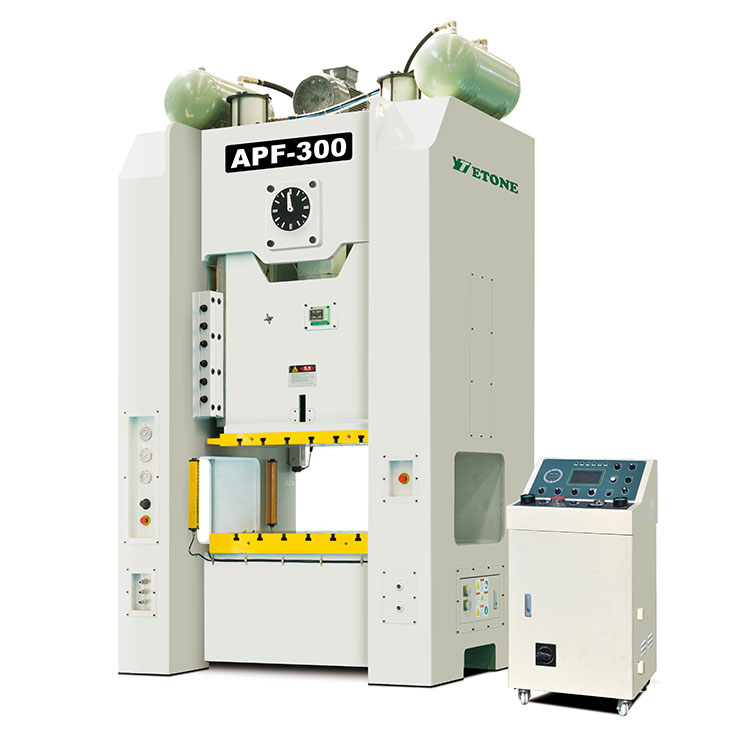A high precision press is a device used for metal processing and forming that can provide precise pressure and control to manufacture high-quality parts.
High precision presses are usually driven by hydraulic or electric servo. Hydraulic drive uses hydraulic oil to generate pressure through hydraulic cylinders, while electric servo drive achieves high precision pressure control through motors and screw drives.
Hydraulic drive system: The hydraulic pump provides high-pressure hydraulic oil, which is introduced into the hydraulic cylinder through a control valve to push the piston to move, thereby generating downward pressure.
Electric servo system: The servo motor converts rotary motion into linear motion through a reducer and screw drive to drive the slider up and down.
Slide and mold:
The slide is the main moving part of the press and is driven up and down by a transmission mechanism. The upper mold is installed on the slide, while the lower mold is fixed on the workbench.
When the slide moves downward, the upper and lower molds exert pressure on the workpiece to perform operations such as stamping, shearing, bending, and stretching.
High precision presses are equipped with advanced control systems, usually including PLC (programmable logic controller) or industrial computers. These control systems can accurately adjust the position, speed, and pressure of the slide.
Sensors and feedback devices are used to monitor the working status in real time to ensure the accuracy and repeatability of each step of the operation.
High precision presses usually have a closed-loop control system, which uses devices such as displacement sensors, pressure sensors and encoders to provide real-time feedback on the position and pressure data of the slider to ensure processing accuracy.
